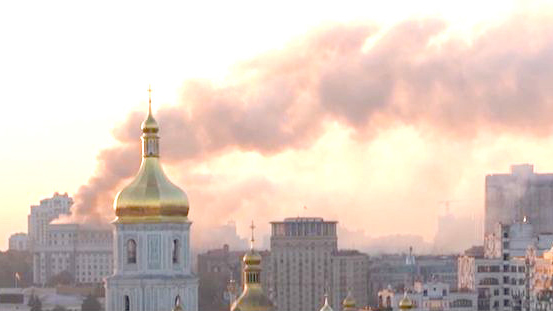The Bangko Sentral ng Pilipinas (BSP) is still expected to reduce its policy rate in the fourth quarter this year even after August inflation turned out to be firmer than forecast at 1.5 percent, analysts said.
Private economists see the BSP adopting more caution, however, in cutting the rates during the two policy meetings left this year — in October and December.
Since August 2024, the BSP has reduced the target reverse repurchase (RRP) rate–the key rate–by 150 basis points, including a quarter-point cut last month.
Economist Jun Neri of the Bank of the Philippine Islands (BPI) said the momentum seen in August showed the consumer price index (CPI) “has most likely reached the bottom.”
The benefit of lower rice prices “will gradually fade,” especially with the new import restriction in place, he said.
Neri thinks the BSP should remain prudent in its easing policy, and sees the consumer price index-based inflation possibly topping 3 percent next year, even reaching 4 percent in the third quarter of 2026. This is still within the BSP’s target range of 2 to 4 percent.
“Caution is warranted, as cutting the policy rate aggressively could expose the economy to unexpected inflation shocks,” he said, adding that “if the BSP decides to cut further in 2026, it will likely be in the first half of the year.”
In August, headline inflation accelerated to 1.5 percent from 0.9 percent in July. While it remained within the BSP’s forecast band of 1-1.8 percent, it exceeded analyst consensus. The average eight-month CPI was at 1.7 percent.
Core inflation picked up to 2.7 percent from 2.3 percent, bringing the year-to-date average to 2.4 percent. Core inflation, which does not include food and energy, is the component of inflation influenced by monetary policy.
Chinabank analysts said despite the surprise uptick in August, price pressures remain subdued, even showing signs of inflation bottoming out.
“Average inflation for the first eight months of the year at 1.7 percent is still below the BSP’s two to four percent target range,” they said.
They added that base effects and food energy costs still “leave open the possibility of another interest rate cut before the end of the year.”
BofA Global Research said one-off declines and the government’s higher rice tariffs, even subsidies, could still drive inflation higher in the next months.
“With negative output gaps, lack of labor market vibrancy and slow pace of consumption, we expect inflation across the region to remain at or below central banks’ target ranges or comfort thresholds over the forecast horizon, even across 2026,” it said.
But BofA said the BSP has room for more rate cuts. “The BSP can do a bit more easing, but if inflationary pressures remain contained they can cut rates further.”
The BSP said on Friday that price pressures may move in 2026 and even 2027 but still stay within the target range. Potential risks remain, such as electricity rate adjustments and higher rice tariffs.
For this year, the central bank forecasts inflation will average at 1.7 percent before increasing to 3.3 percent in 2026 and 3.4 percent in 2027.
HSBC economist Aris Dacanay said that even with the higher August CPI, the end-year RRP rate is likely to ease to 4.75 percent from the current 5 percent. He said the “strong inflation momentum seen in August will not last.”





